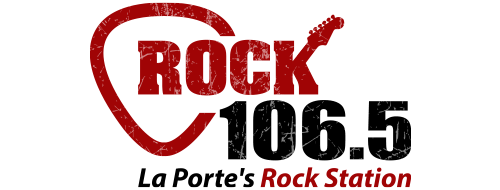(La Crosse, IN) - Farmers preparing for spring planting are on edge over inflation and whether enough supplies like fertilizer will arrive on time because of lingering back-ups in the worldwide supply chain.
Matt Schafer, a corn and soybean grower from La Crosse, said he plans to purchase just as much fertilizer, herbicide, and other materials as last year despite some of those supplies doubling or tripling in cost.
Schafer feels it’s best to have a maximum yield, high-quality crop right now since grain prices still above this time last year can help offset more expensive input costs. He believes more money will be lost from reduced yields than what’s saved by skimping on nutrients and chemicals needed for crops to be at their healthiest.
Schafer said he also plans to purchase his favorite herbicide brands proven to do the job in areas like weed control and fighting tar spot in corn over a cheaper, less effective product.
“In my opinion, there aren’t a lot of good places to tighten the belt without it coming back and biting you eventually,” Schafer said.
Schafer and other farmers could end up scrapping their plans and tending to their crops on the fly. In addition, some fertilizers and herbicides that farmers commonly have purchased and stored have not arrived yet from the manufacturers.
For example, Schafer said he has about 40-percent of liquid nitrogen he uses in his fertilizer mix that he applies before planting. His supplier told him to expect delivery sometime late in the first quarter of this year.
Schafer said he’s acting on faith the fertilizer and other products that haven’t arrived yet will show up at farm stores and other suppliers before needing them.
One thing he’s prepared to do is to apply fertilizer five weeks after planting to extend the time when he has to have the product should there be an extended delay with delivery.
He’s also prepared to adapt by purchasing a different form of atrazine if the kind of weed killer in corn he typically applies winds up in short supply as projected. Schafer says some farmers turn to manure and sludge from municipal wastewater plants to fight skyrocketing commercial fertilizer prices.
According to Shafer, the cost of liquid nitrogen is currently running at about $200 per acre compared to roughly $60 per acre last year, a painful increase for farmers.
In his 20-years of farming, Schafer said he’s never gone through a period where preparing for spring planting involved uncertainty over both high inflation and timely shipment of products.
“I don’t think anybody has experienced a year like this. It’s been stressful,” he said.





